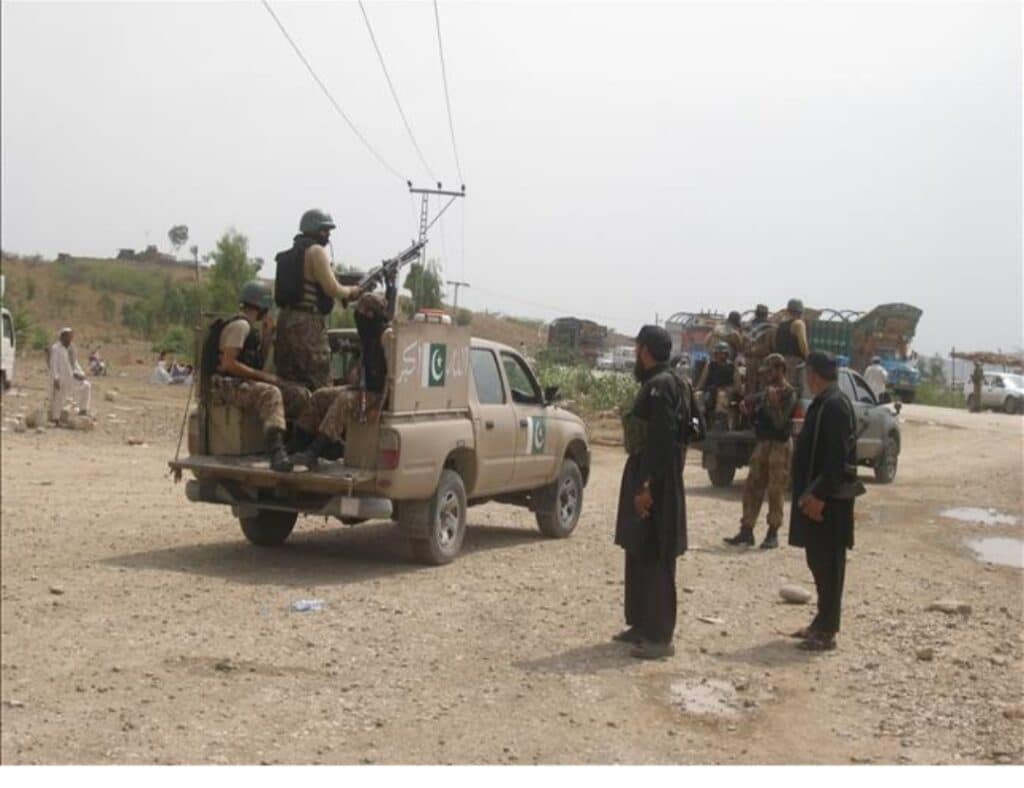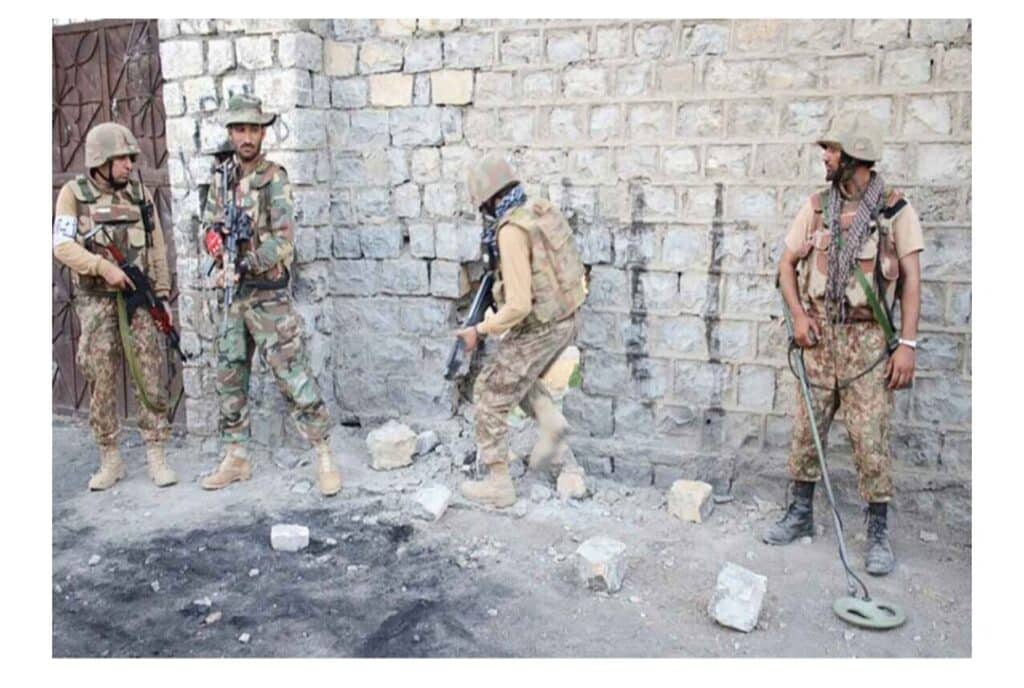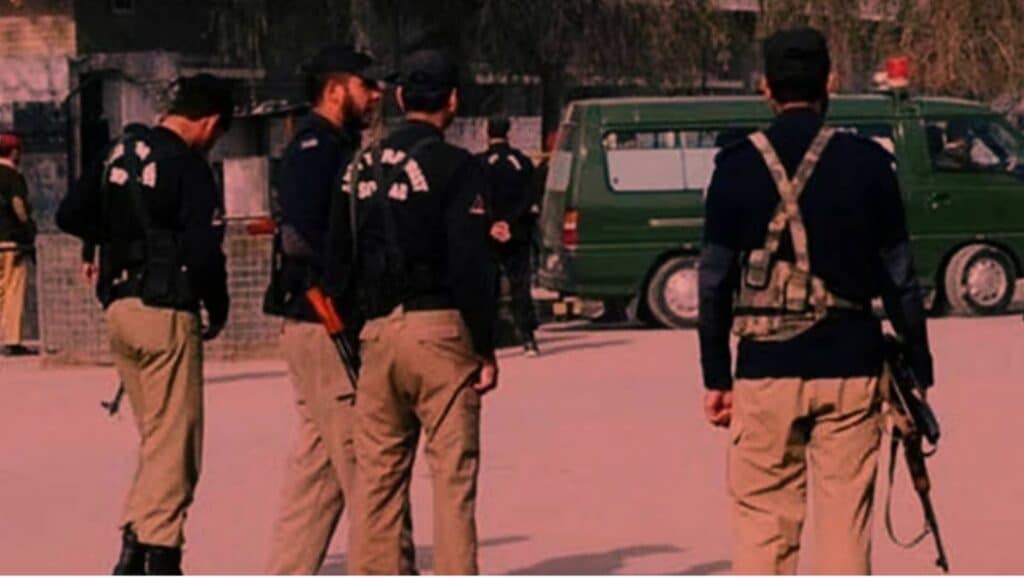Kabul, Afghanistan – In a move that has sparked outrage across the country, the Taliban government is allocating billions of Afghani in financial support to the families of suicide bombers, despite widespread suffering among the general population. Each year, the Taliban distributes around 12 billion Afghani (more than 168 million USD) to the families of suicide attackers—an amount greater than the combined budget of three Afghan ministries. The funds, intended for the families of suicide bombers and orphans, are distributed under a directive from Taliban leader Haibatullah Akhundzada, who has instructed local authorities to prioritise support for these families.
Afghan media reports indicate that over the past two decades, the Taliban’s suicide attacks have claimed hundreds of lives, including civilians, US and NATO soldiers, as well as former government employees. In 2022, Siraj-ud-Din Haqqani, the leader of the Haqqani Network and Afghanistan’s Interior Minister, admitted that at least 1,050 members of his group had carried out suicide attacks against the former Afghan government and Western forces.
Meanwhile, the Afghan public is facing a worsening humanitarian crisis as hunger, disease, and unemployment ravage the country. The vast sums being given to suicide bomber families come at a time when Afghanistan is grappling with severe economic and human crises. Over half of the population, especially women and children, are heavily dependent on international aid. According to the World Food Program (WFP), approximately 15 million Afghans are suffering from acute food insecurity.
The suspension of US aid has further crippled the country’s healthcare system. More than 200 healthcare centres, previously funded by the US, have closed since the cessation of aid, leaving over 1.8 million people without access to medical services. These centres provided essential services, including vaccination, maternal care, and child health services.
In Afghanistan’s 34 provinces, 28 have seen the closure of clinics, leading to an alarming rise in diseases like measles, malaria, and polio. WHO spokesperson Ajial Sultani stated that the closure of medical facilities is exacerbating the crisis, with displaced and vulnerable populations facing increased exposure to diseases, food insecurity, and a lack of adequate healthcare.
Non-governmental organisations (NGOs) are also feeling the pinch. Notably, Save the Children has closed 18 out of its 32 clinics due to funding shortages. The Norwegian Refugee Council (NRC) has shut down two resource centres for internally displaced Afghans, with the possibility of more closures in the future.
The Taliban’s policies, particularly the restrictions on women travelling without a male guardian, have further worsened the crisis. In rural areas, where these clinics were often the only source of medical care, the lack of available help is leaving people in dire conditions.
The World Health Organisation has issued a warning that the humanitarian crisis could escalate if international aid is further reduced, leaving the Afghan population to endure even greater suffering.





